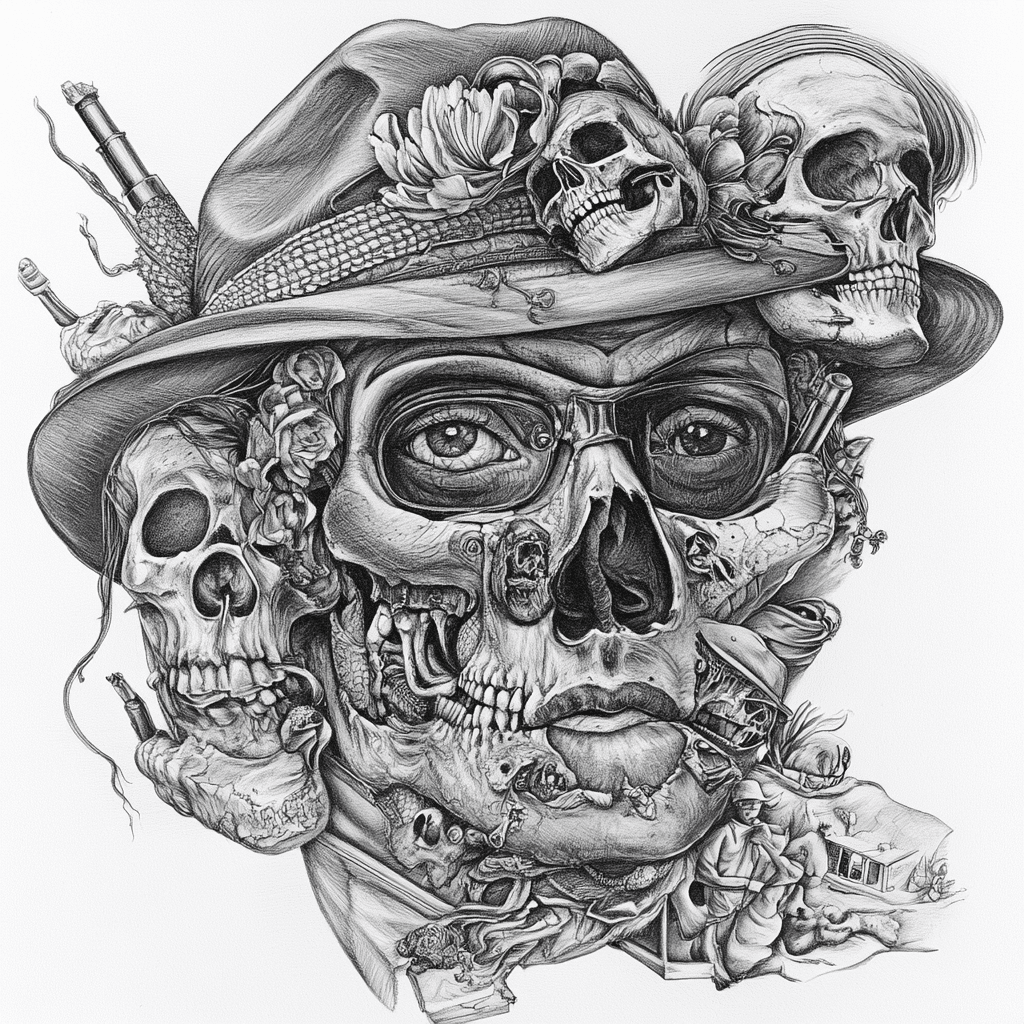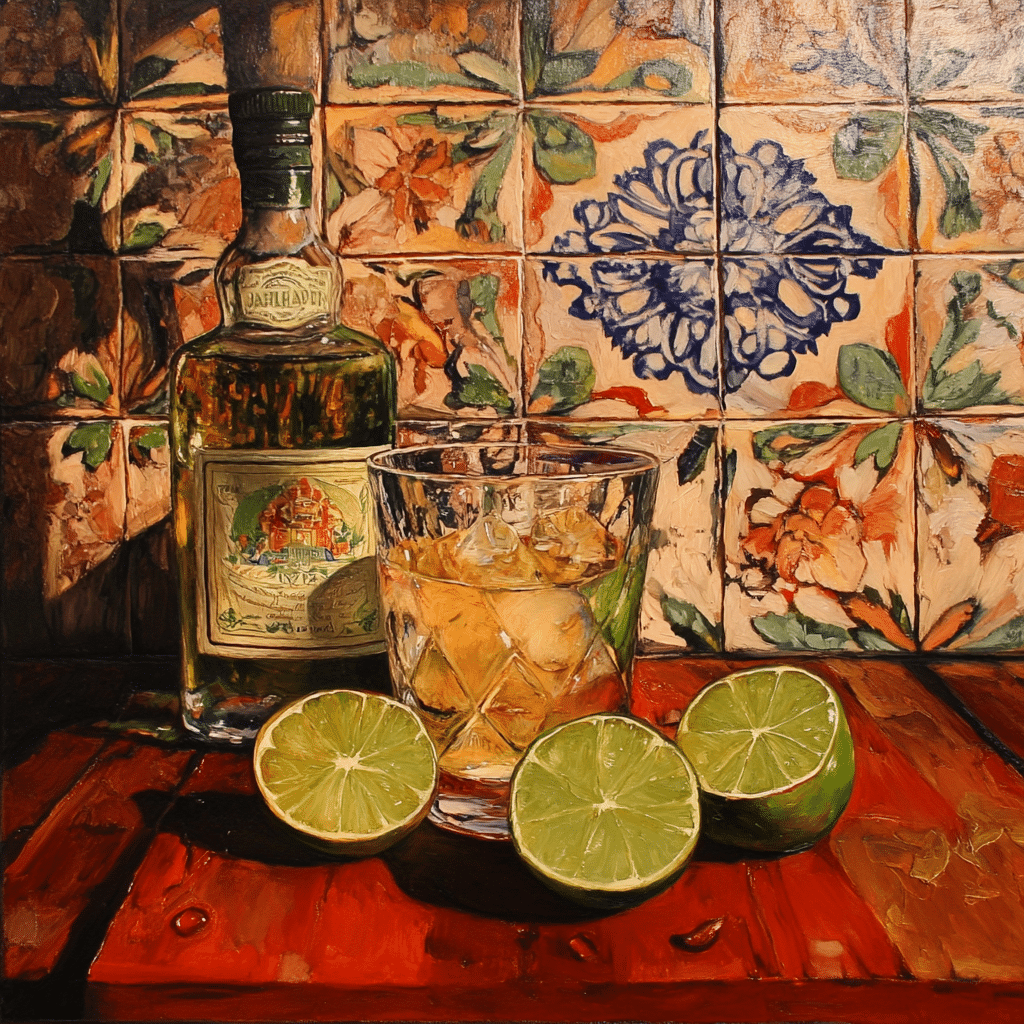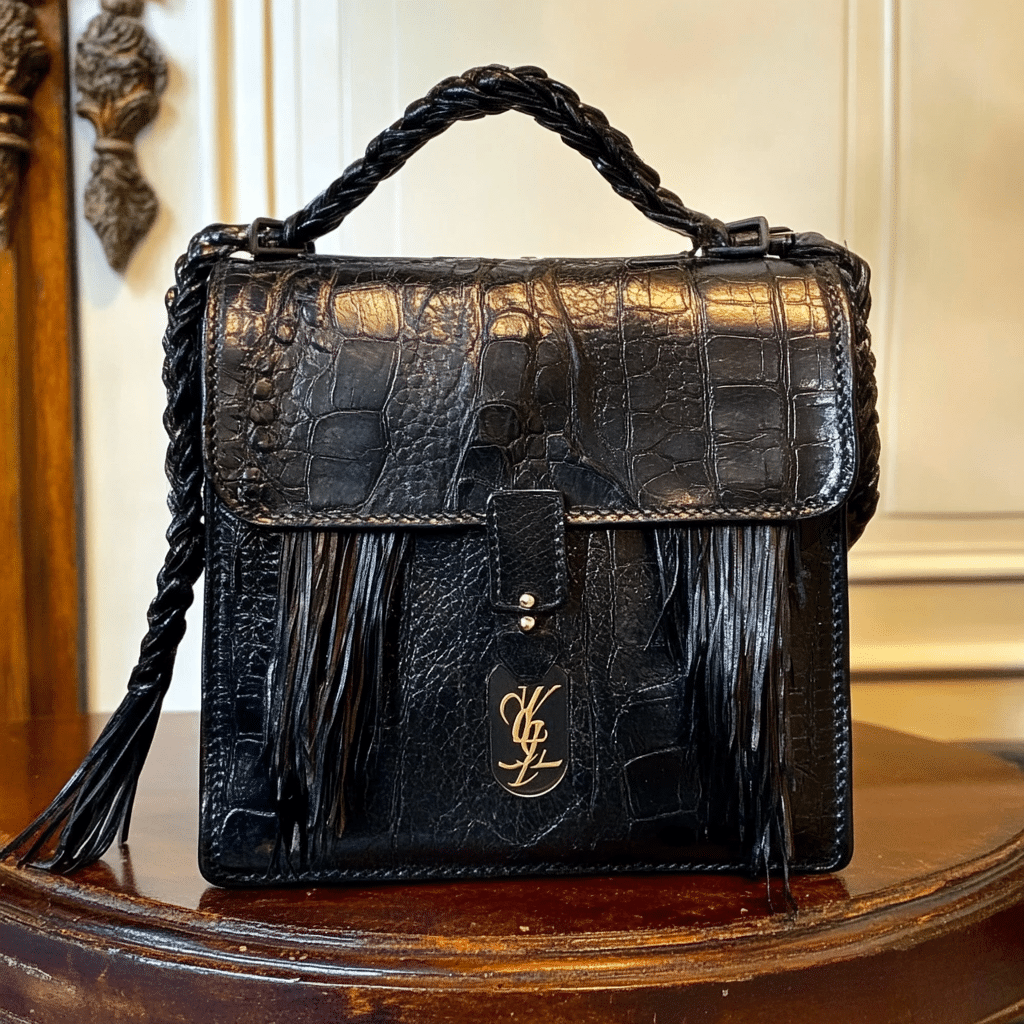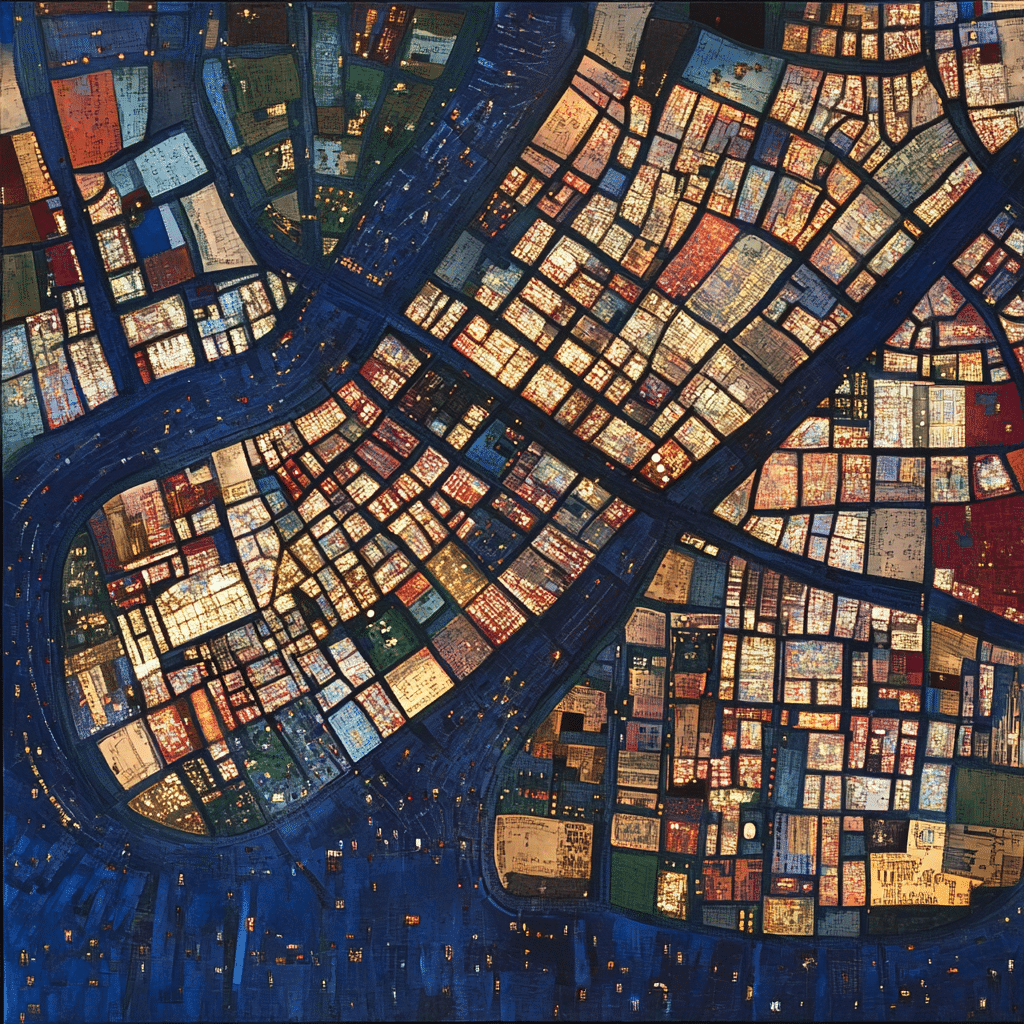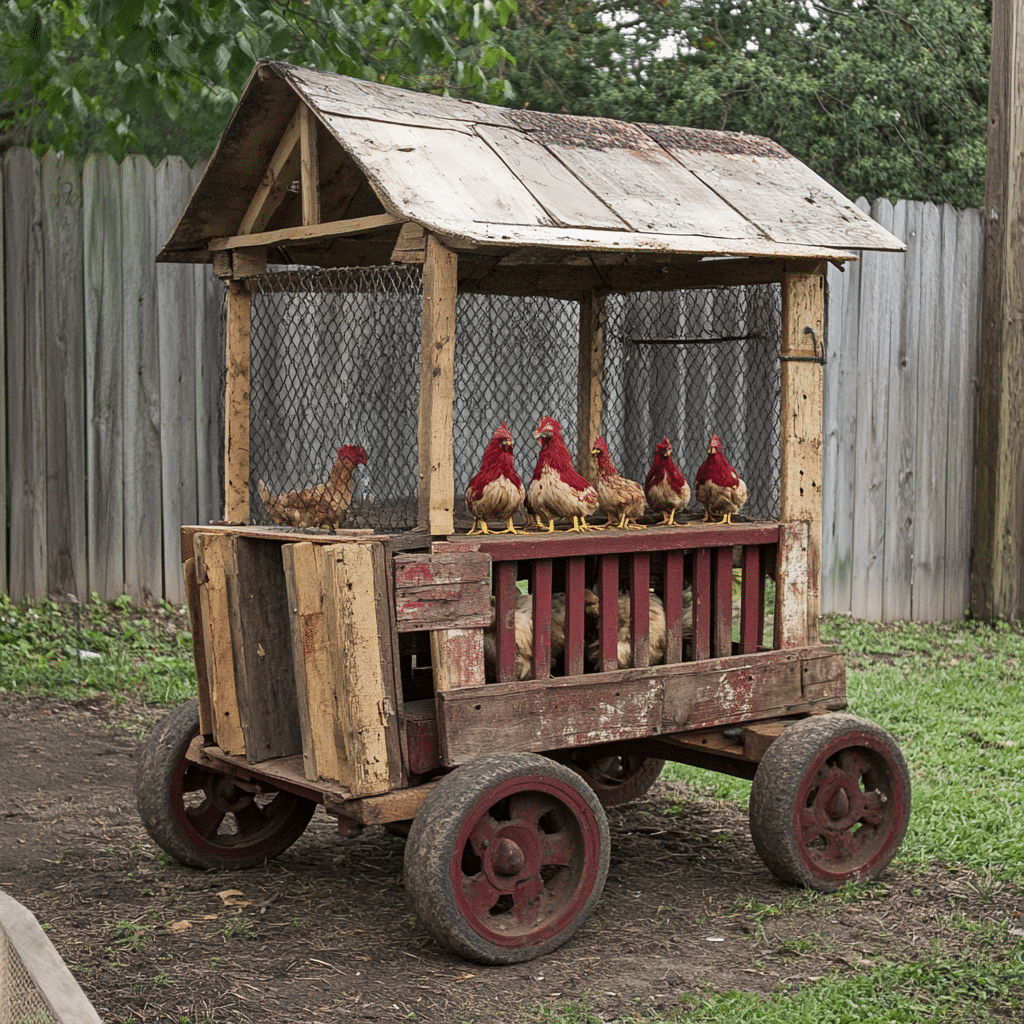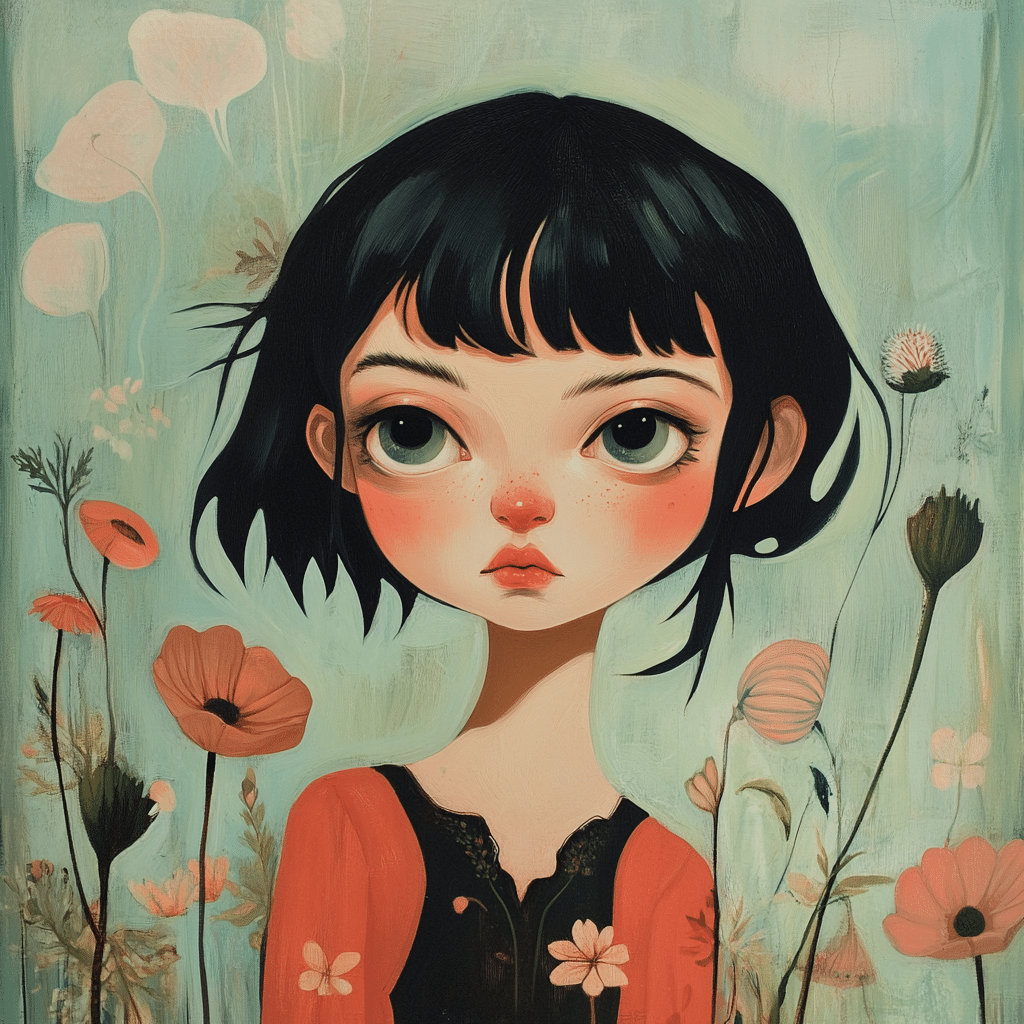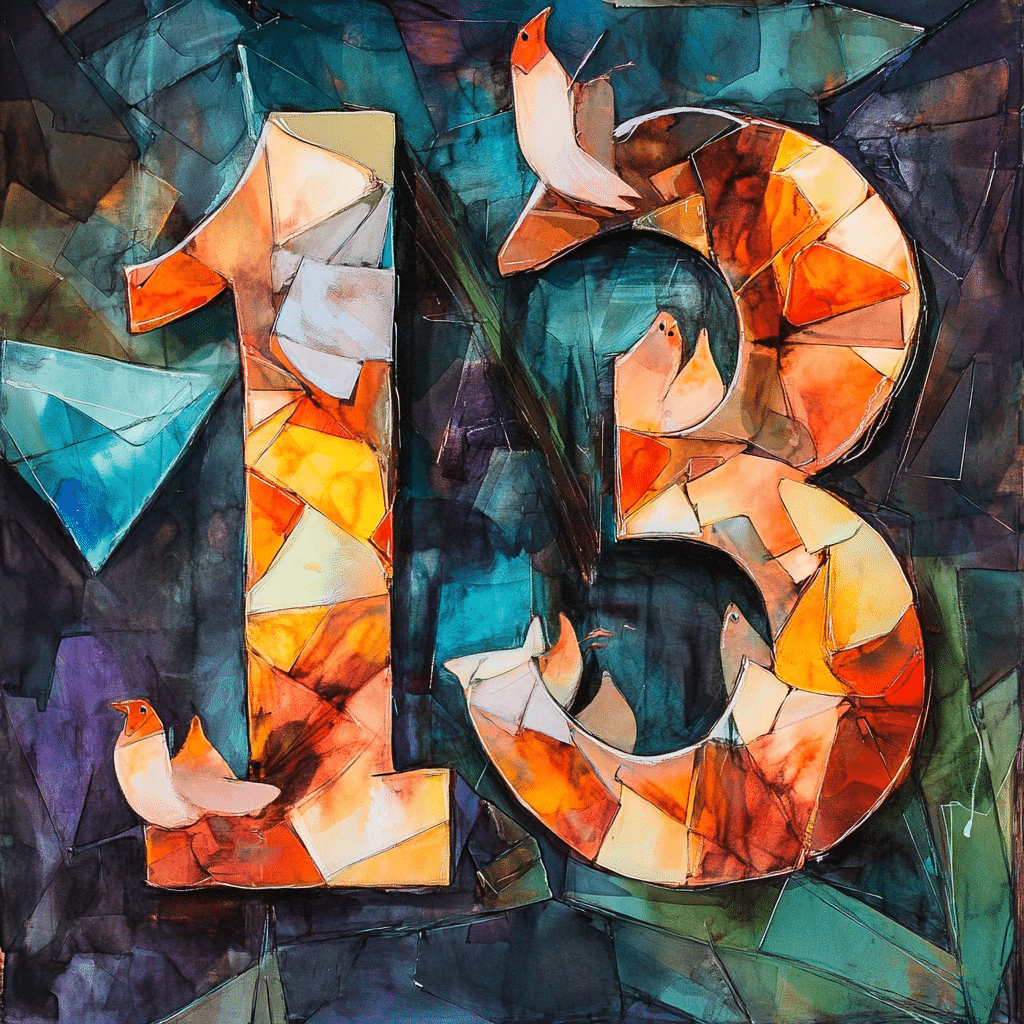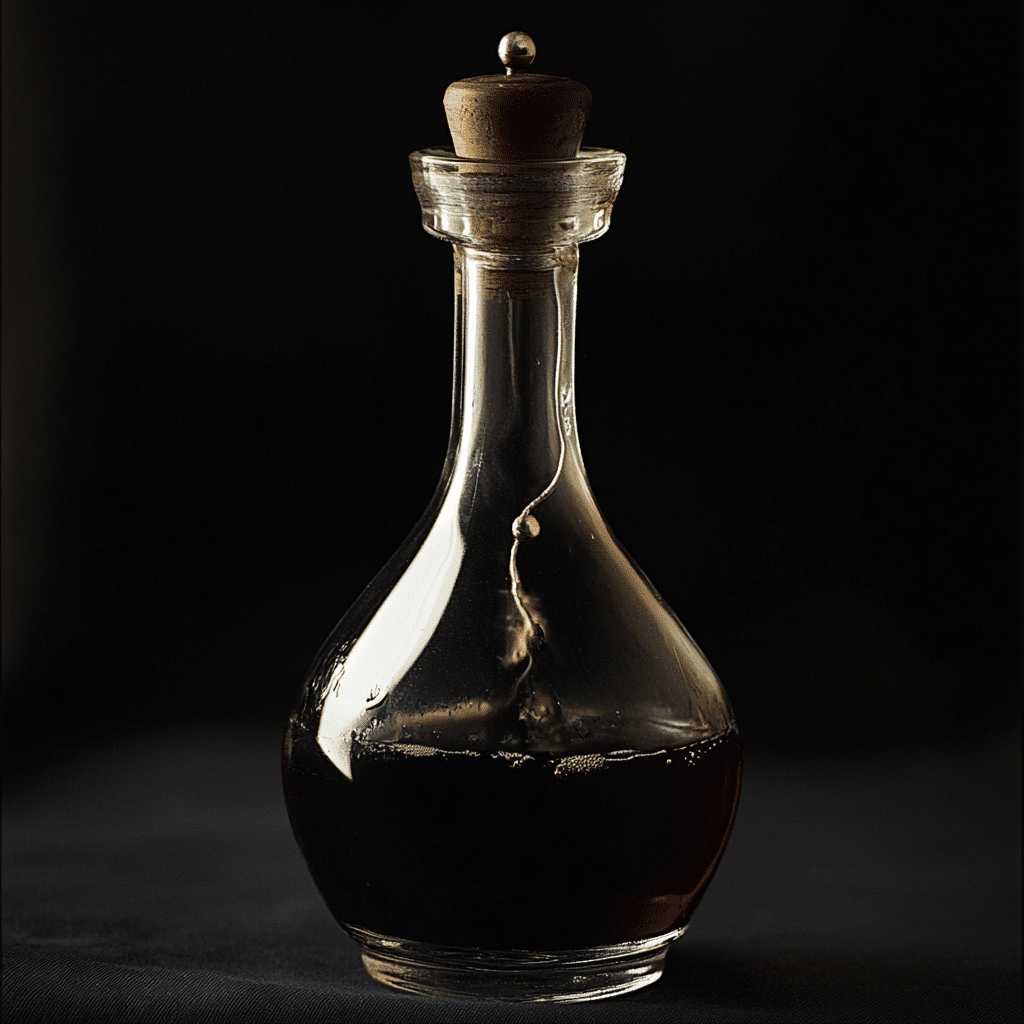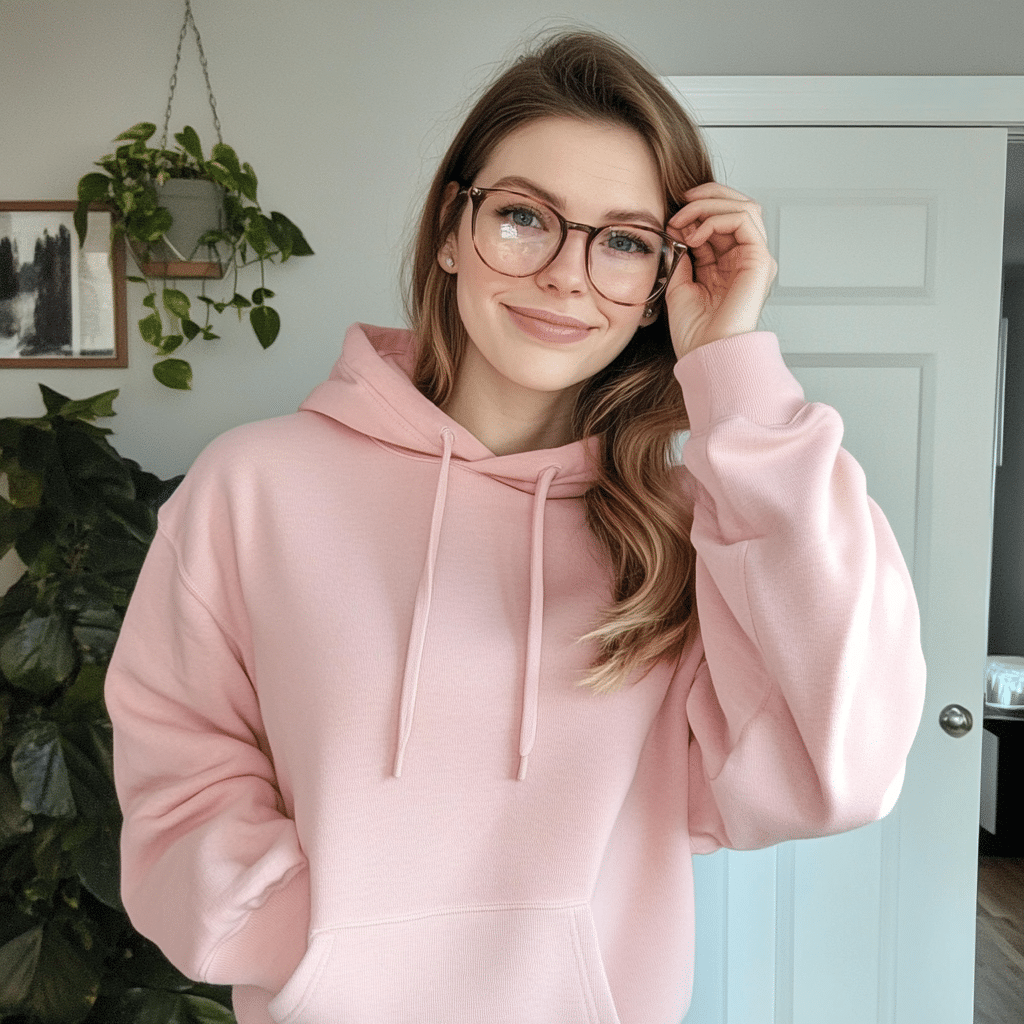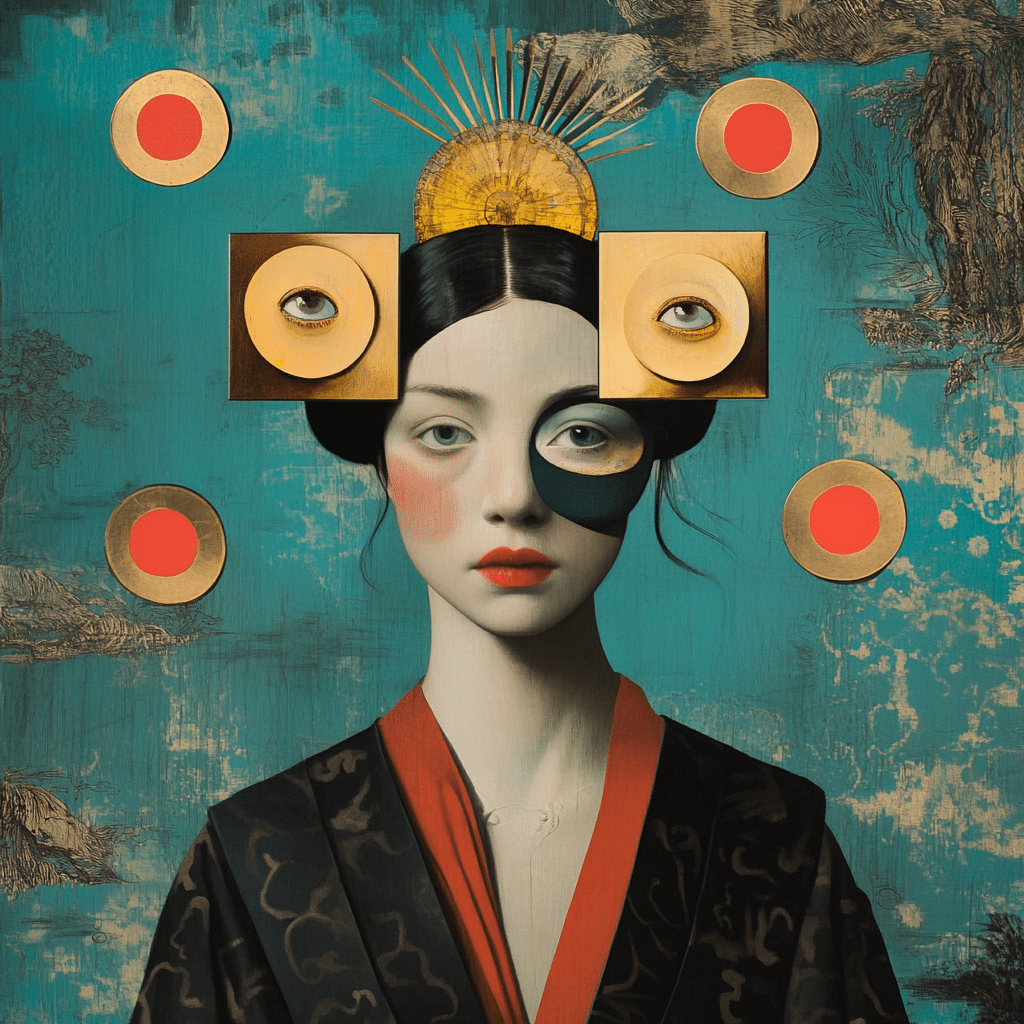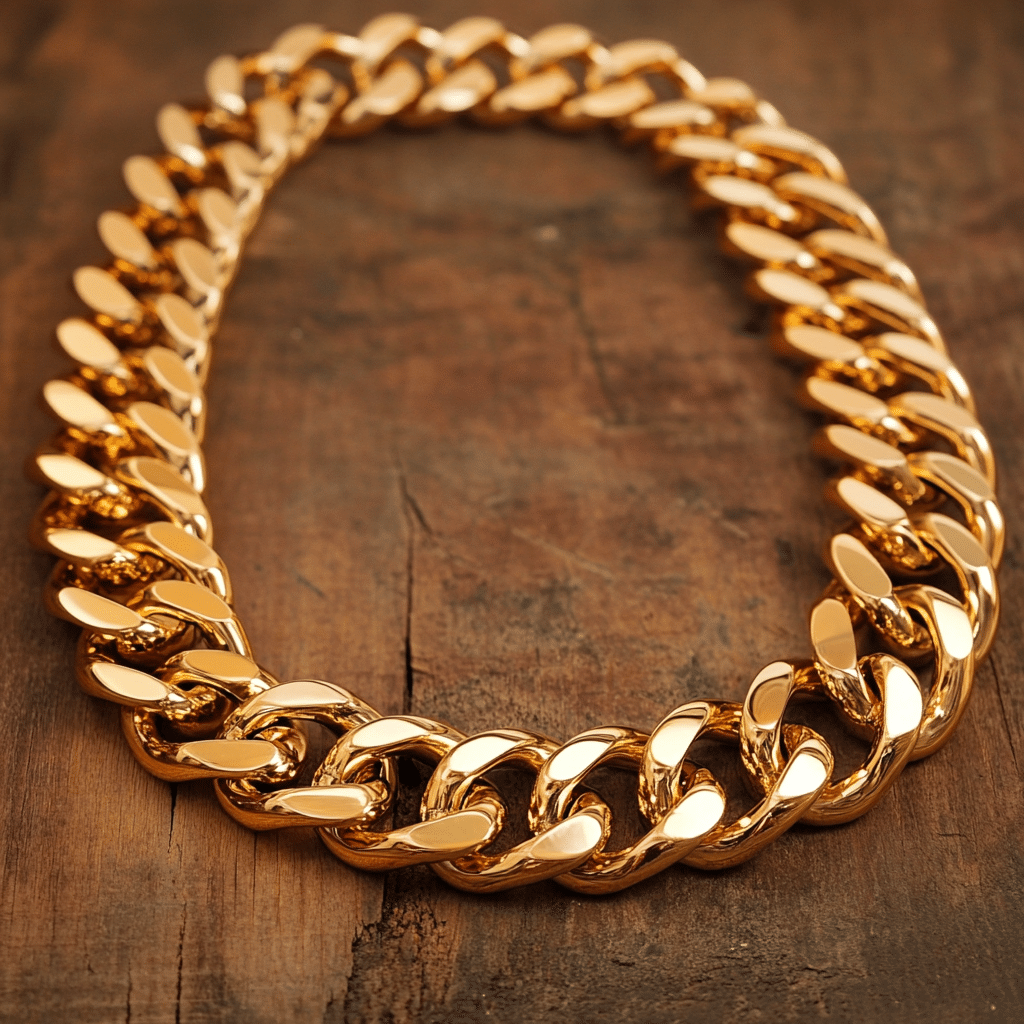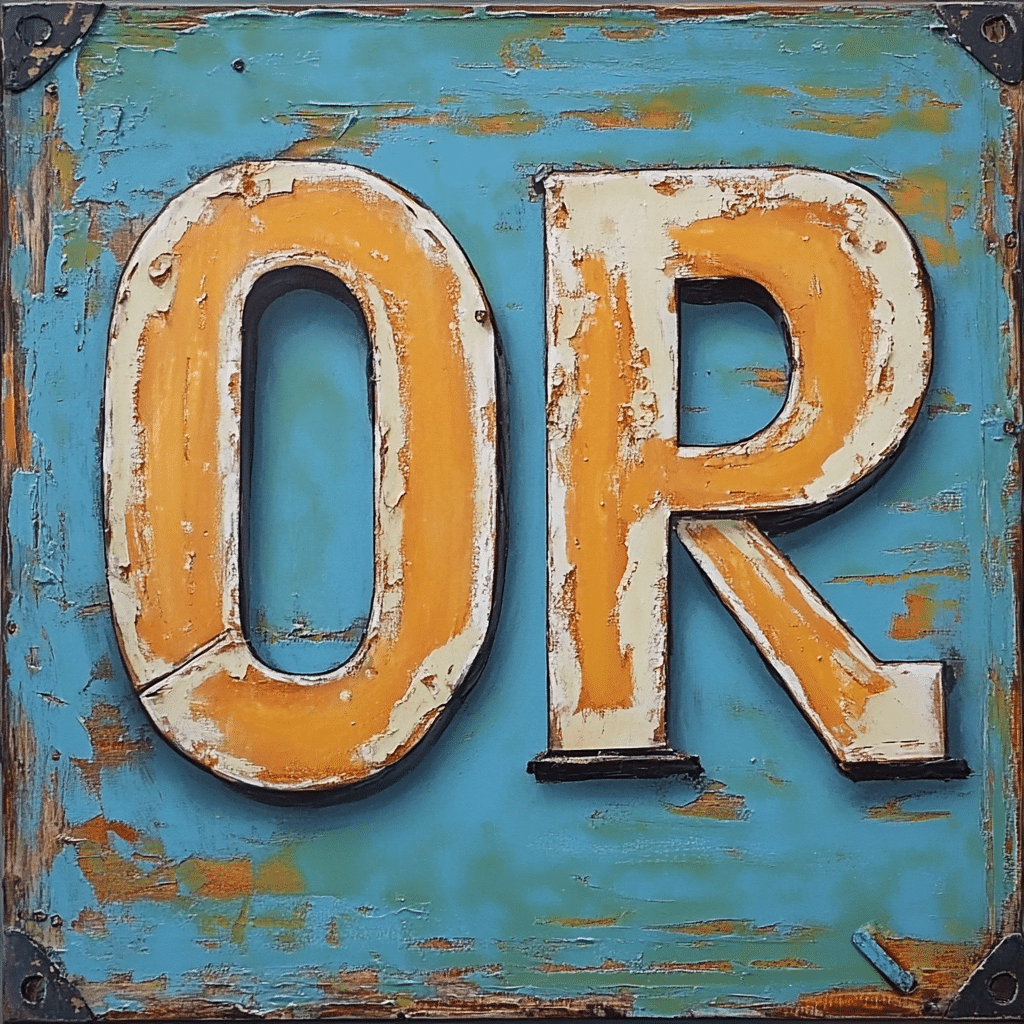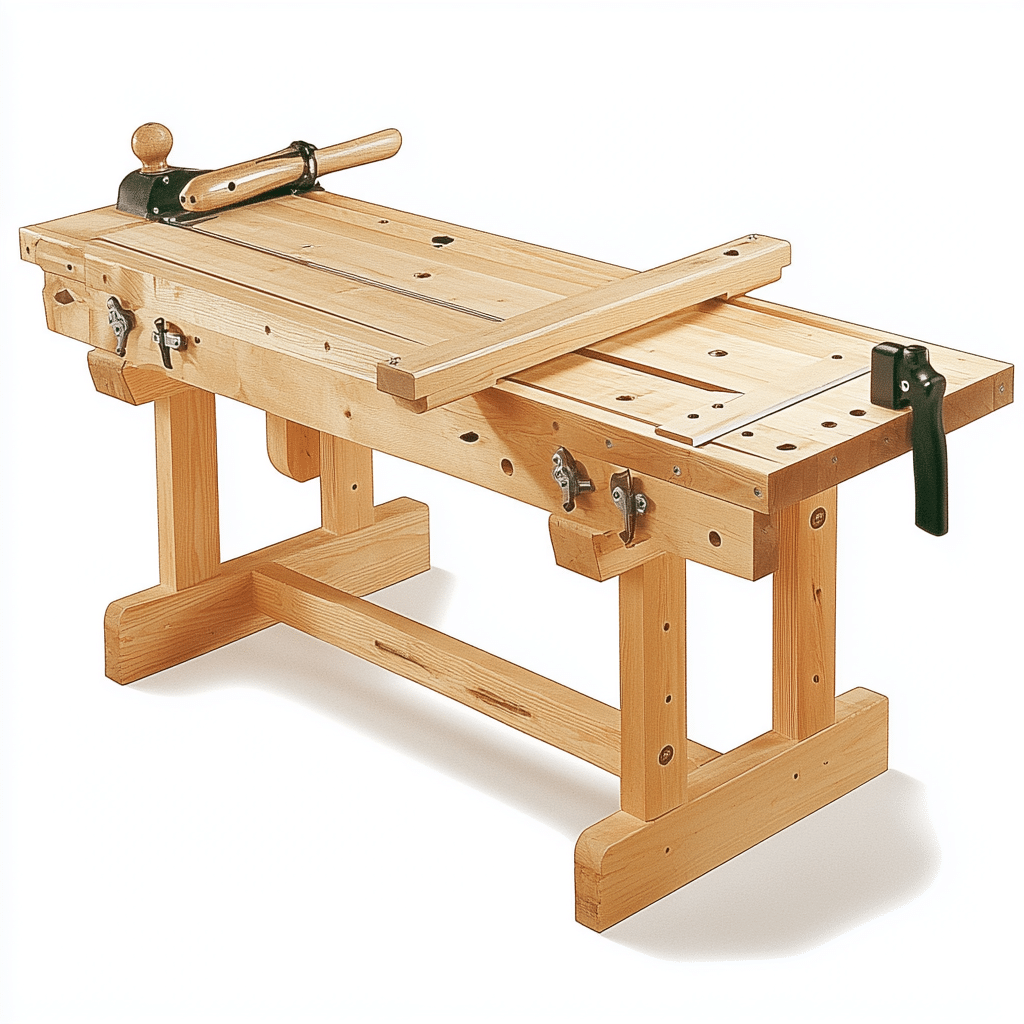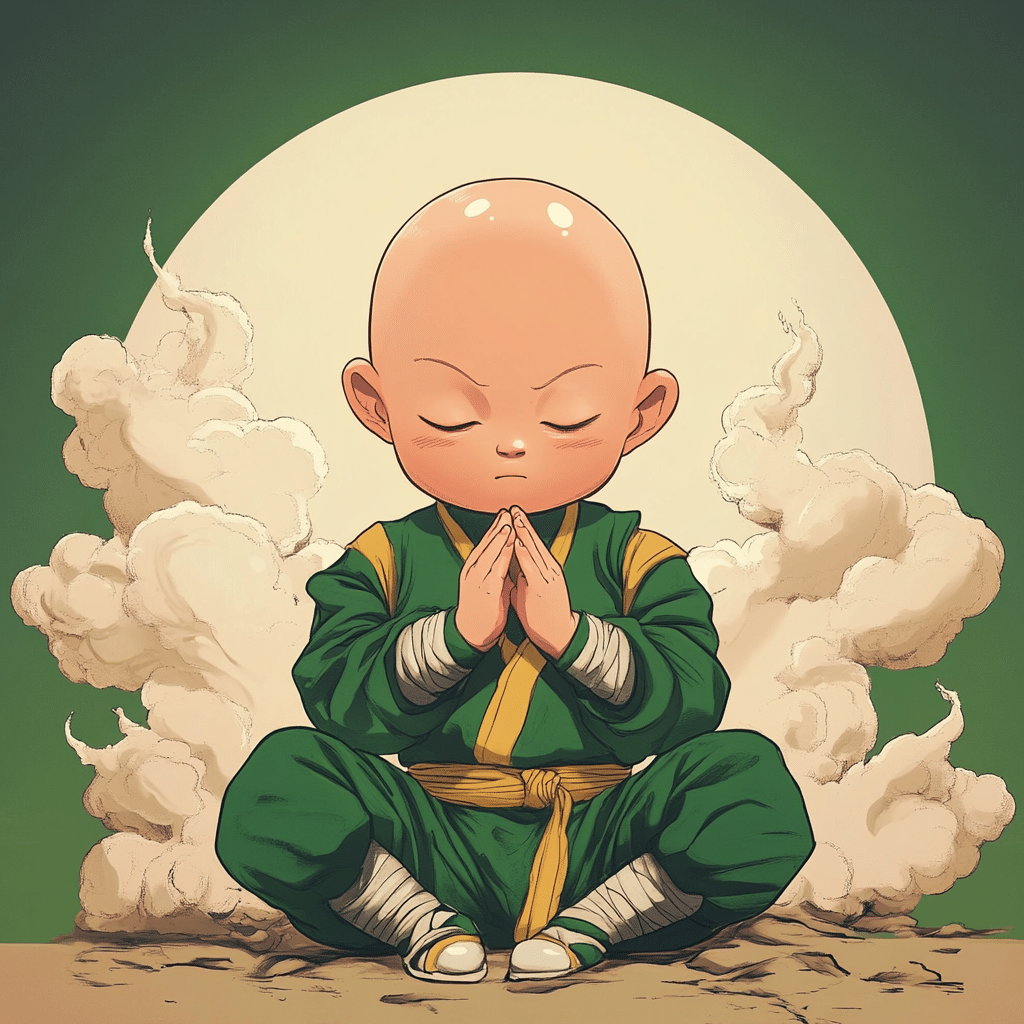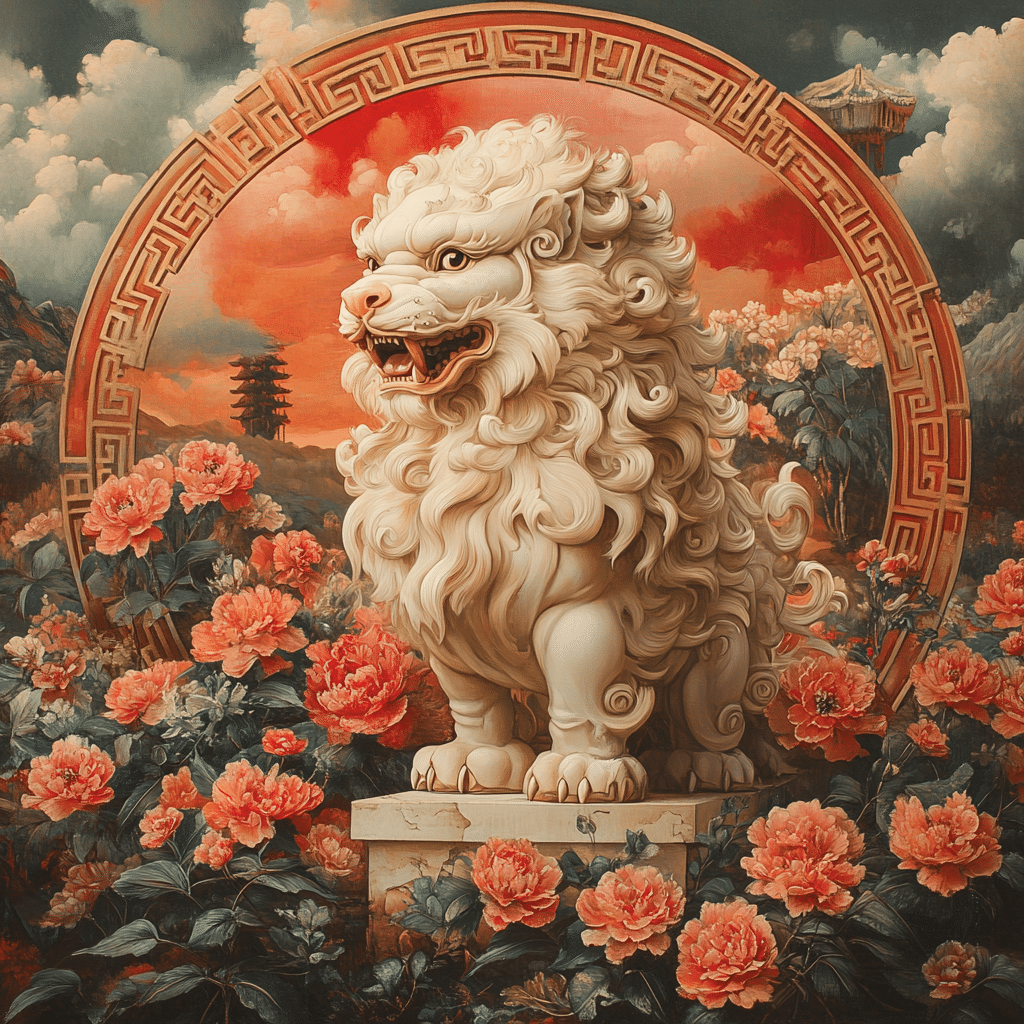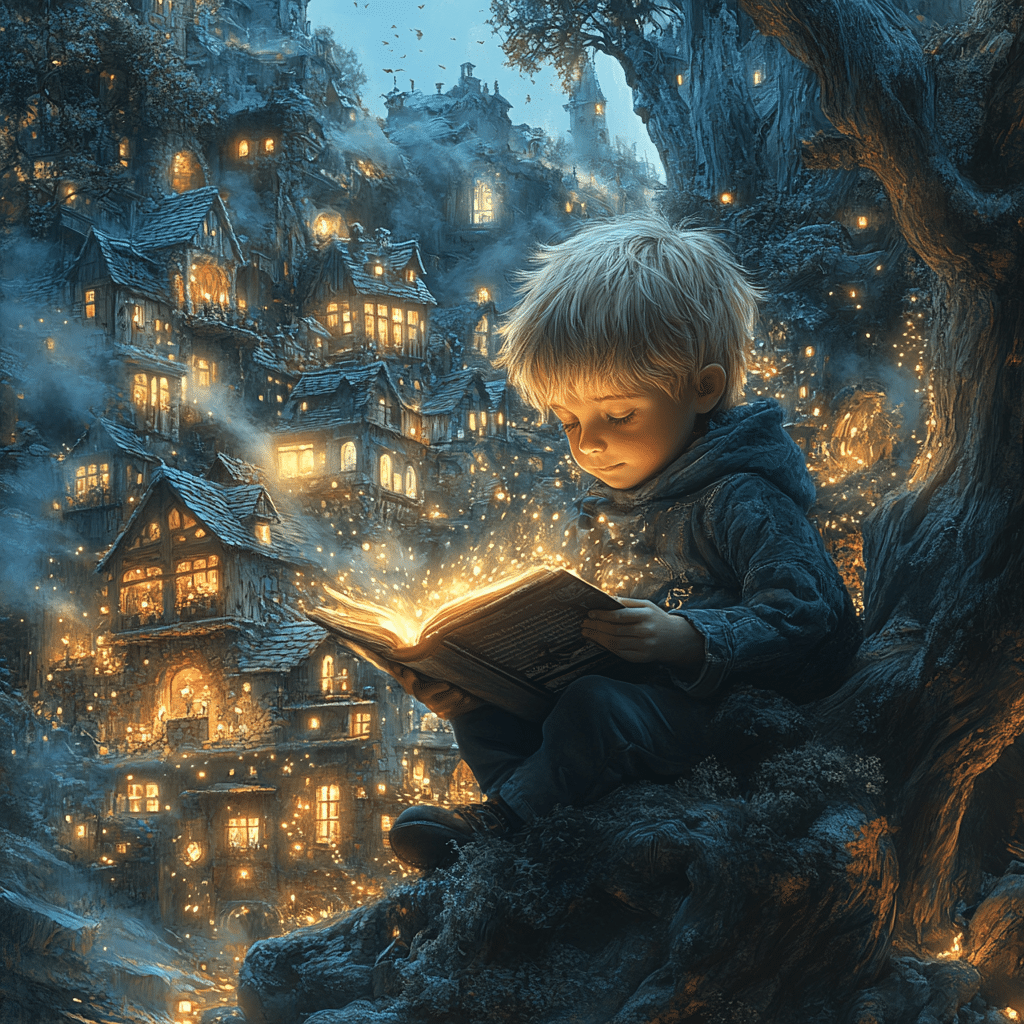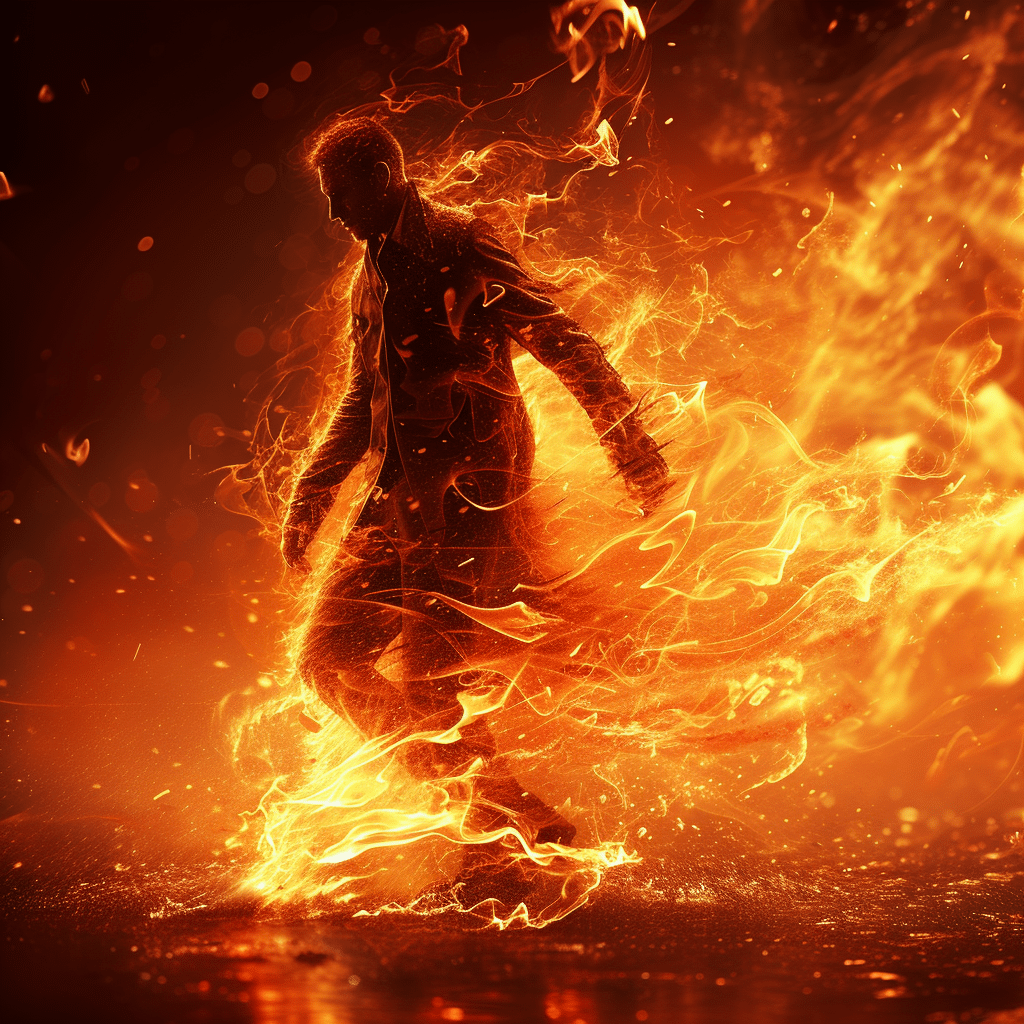Chicano drawings represent a vibrant conversation around cultural identity, art, and social justice. These drawings aren’t just artistic expressions; they’re visual narratives that capture the essence of the Mexican-American experience. Rooted in historical contexts, they reflect the struggles, hopes, and dreams of a community seeking its voice.
1. The Evolution of Chicano Drawings: A Cultural Historical Context
Chicano drawings emerged as a powerful artistic movement during the Chicano Civil Rights Movement of the 1960s and 70s. Artists were responding to the socio-political landscape that defined their lives. Influential figures like Diego Rivera and José Clemente Orozco laid the groundwork through muralism, which helped inspire new generations of Chicano artists.
Chicano artists utilized their work as a canvas to highlight various socio-economic challenges faced by Mexican Americans. Drawing from historical injustices, they incorporated their personal experiences and collective memories into their art. This artistic evolution laid the foundation for a unique identity, instilling pride in cultural heritage and social resilience.
As contemporary Chicano artists rise to the forefront, they continue to grapple with the past while reflecting modern issues. By understanding historical contexts, we can appreciate how these artists communicate through their craft, bridging connections between their ancestors and today’s struggles. Thus, Chicano drawings serve as a living narrative that evolves with time.
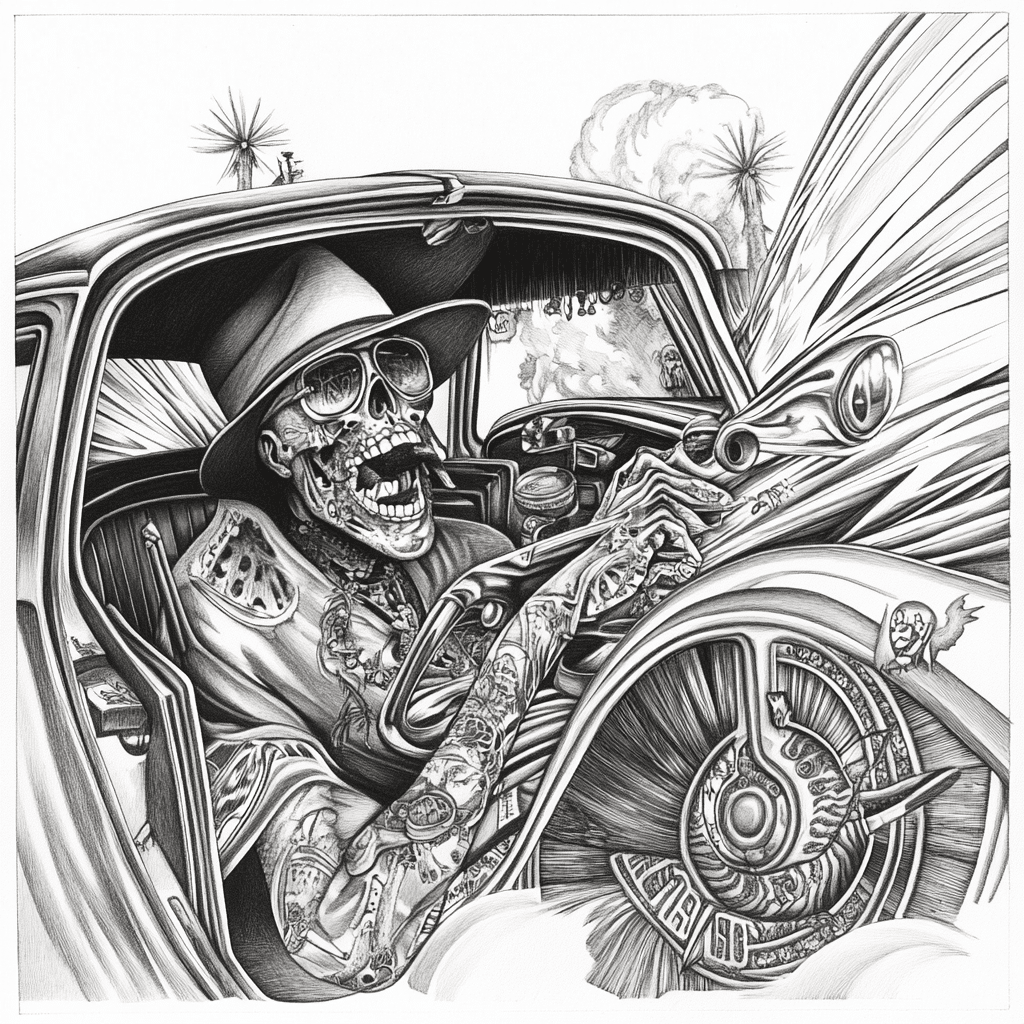
2. Top 7 Ways Chicano Drawings Reflect Cultural Identity
3. Iconography and Technique: Dissecting the Elements of Chicano Drawings
Chicano drawings are characterized by their striking use of vivid colors and symbolic imagery. Many artists draw inspiration from folk art and indigenous practices, giving their work a rich visual language that’s easily relatable. This blend of historical context and contemporary issues fosters creativity that spans generations.
Moreover, the techniques employed in Chicano drawings can vary widely. Some artists might utilize traditional methods while others explore modern technology. Whether it’s through oil paints, spray cans, or digital screens, the passion behind these artworks remains consistent.
The result? A tapestry of styles and narratives that push the boundaries of conventional art. With each stroke, Chicano artists remind us of their unique cultural heritage, effectively shaping the modern artistic landscape.
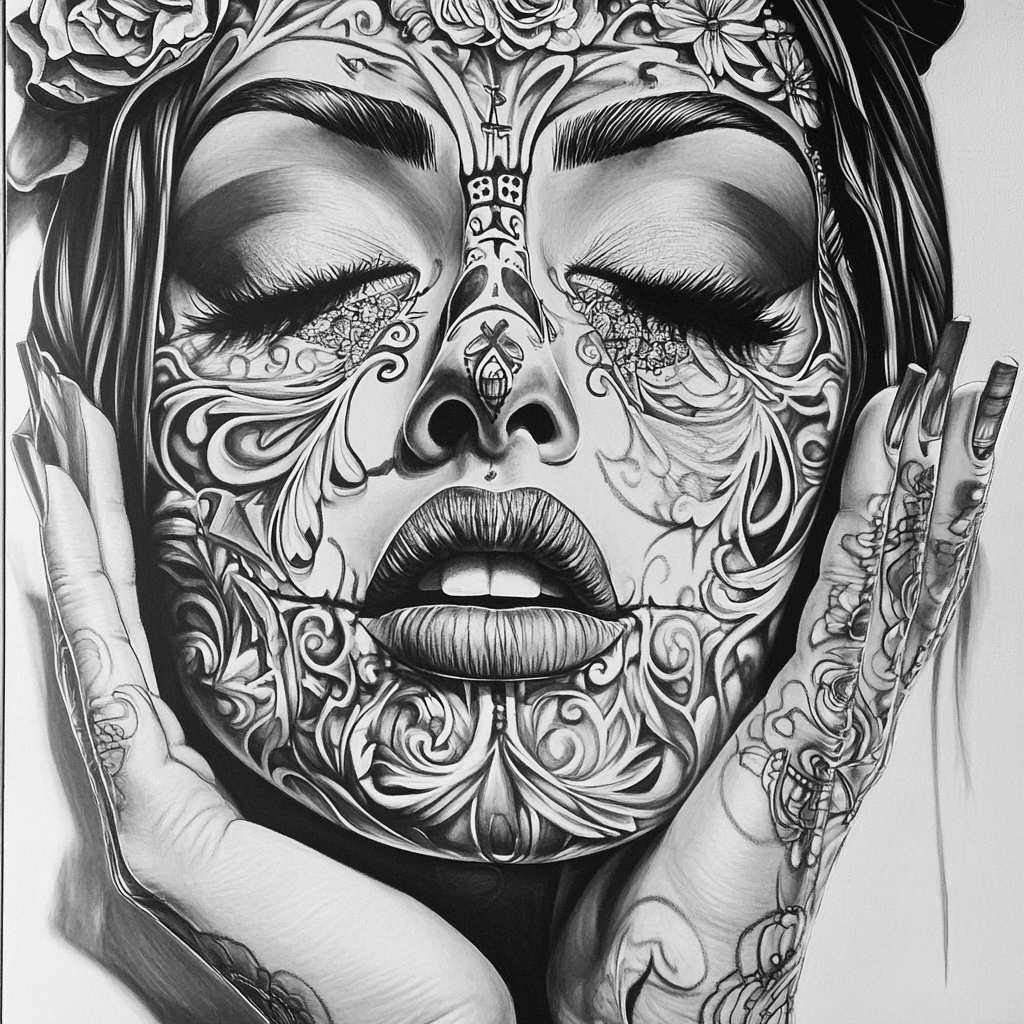
4. The Balaclava Mask: Symbolism in Chicano Drawings
One powerful symbol frequently seen in Chicano drawings is the balaclava mask. This mask carries deep meanings of anonymity, solidarity, and resistance. It’s become a recurring motif in Chicano art, often used to express defiance against social injustices.
Works by collectives like East Los Streetscapers illustrate the importance of this symbol. By incorporating the balaclava mask into their art, they highlight the struggles and aspirations of the Chicano community. The mask serves as an emblem of unity, capturing the collective spirit of activism at its core.
Through these representations, the balaclava mask encourages viewers to contemplate the complexities of identity and struggle. It stands as a reminder that while the fight continues, the community remains steadfast and resolute.
5. The Future of Chicano Drawings: Emerging Artists and Trends
Looking forward, the landscape of Chicano drawings is rapidly transforming. Young artists are embracing digital mediums, leading to fresh perspectives and innovative expressions. These emerging voices address contemporary issues like immigration reform, gender equity, and environmental justice.
Influential figures like Raúl Gonzalez III are redefining the narrative through engaging storytelling techniques. His art resonates deeply with younger audiences, reminding them of their cultural legacy while urging them to engage with ongoing dialogues.
As we venture into this new era, Chicano art promises to evolve even further. The blending of technology and tradition will not only captivate viewers but also inspire future generations to continue exploring their cultural identities.
Innovating Legacy Through Artistry
Chicano drawings transform cultural identity into powerful international dialogues about resilience and social justice. These artistic expressions serve as platforms for communities to share their narratives and foster unity. As the movement progresses, it’ll undoubtedly continue to influence future artists, steering conversations about culture and activism into new directions.
In this dynamic artistic arena, the legacy of Chicano art remains vibrant. With each brushstroke, artists defy limitations, pushing the envelope of creativity and cultural expression. As we celebrate these contributions, it’s essential to engage in the dialogue, ensuring that the stories told through Chicano drawings continue to inspire and resonate well into the future.
Check out more inspiring content like The cast Of El Conde Amor y Honor and explore lifestyle features such as the island house Key west or indulge in scrumptious Postres. Art is everywhere, and just like those vibrant ballerina Nails, it adds beauty to our lives!
Chicano Drawings: An Artistic Journey Through Cultural Identity
Cultural Resonance in Chicano Drawings
Chicano drawings represent much more than just vivid images on paper; they’re a vibrant expression of cultural roots and identity. Emerging from the Chicano civil rights movement, these artworks reflect themes of resistance, pride, and community. Artists like Carlos Almaraz and Judy Baca were pivotal, using their art to confront social issues and celebrate their heritage. Fun fact: many Chicano artists also blend modern styles with traditional motifs, which can be seen vividly in their work. You might find some of these striking illustrations evoke a sense of nostalgia, reminiscent of simpler times, much like the feelings captured in pieces from the dressed undressed collection.
The Intersection of Art and Life
The stories behind Chicano drawings often touch on personal experiences and societal challenges. For instance, many artists channel their narratives through emotional symbolism and colorful imagery. These masterpieces invite viewers to look deeper and connect with the subtleties of Chicano life. An interesting tidbit: the theme of love and longing is a common thread, resonating strongly with selections like those found in Buenos dias mi amor, where the essence of connection shines through art.
A Modern Reflection of Tradition
As Chicano drawings continue to evolve, they often incorporate elements from popular culture, creating a dynamic blend of influences. Artists experiment with various mediums and techniques, reminding us that creativity knows no bounds. That innovation has even spilled into unexpected areas, such as the playful use of animations, similar to what you see with the organism Gif. Such integrations keep the art relevant and fresh while staying true to its roots. Plus, it’s fascinating how Chicano artists often express themes of resilience through everyday objects, much like the simplicity and beauty reflected in a garden bench, which can symbolize resting and reflection amidst life’s challenges.
As we celebrate Chicano drawings today, let’s also look ahead, acknowledging how they pave the way for future generations. With the introduction of new technologies, like the sleek innovations showcased in the range rover electric, the intersection of art and technology holds limitless potential. These artistic movements keep the heart of Chicano culture alive, evolving while retaining their core message. In short, Chicano drawings are not just a feast for the eyes; they’re a window into a rich cultural tapestry, weaving together personal and collective stories that resonate powerfully across generations.
